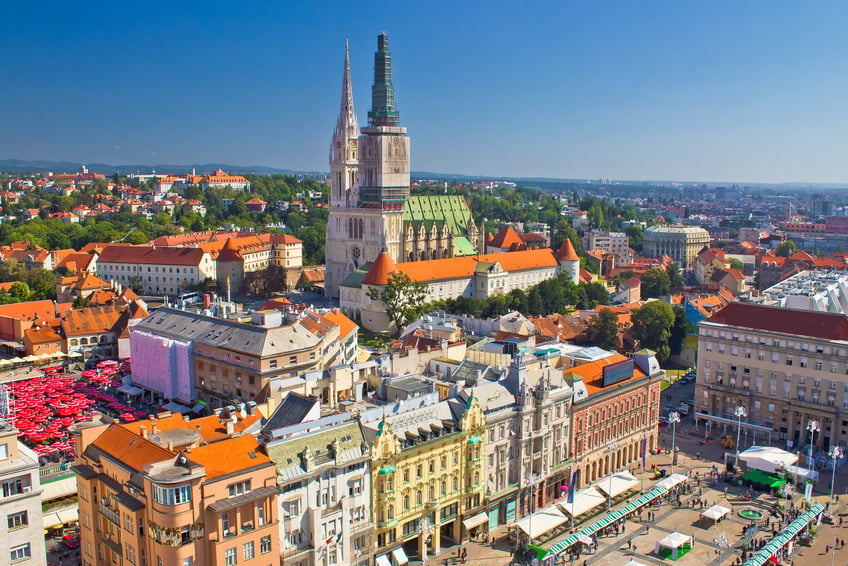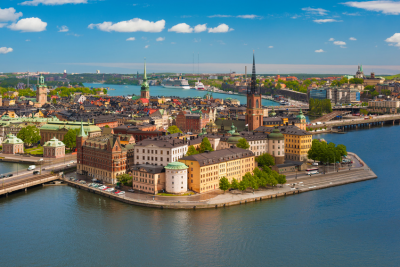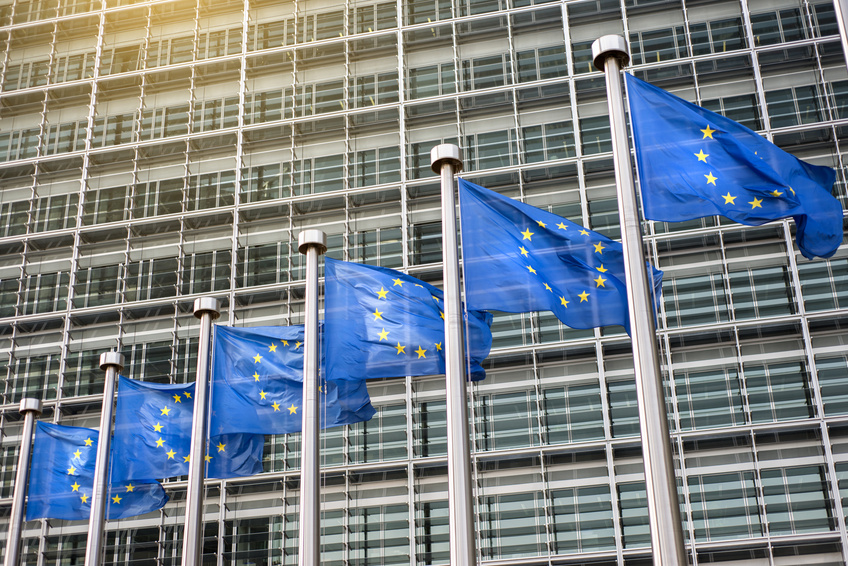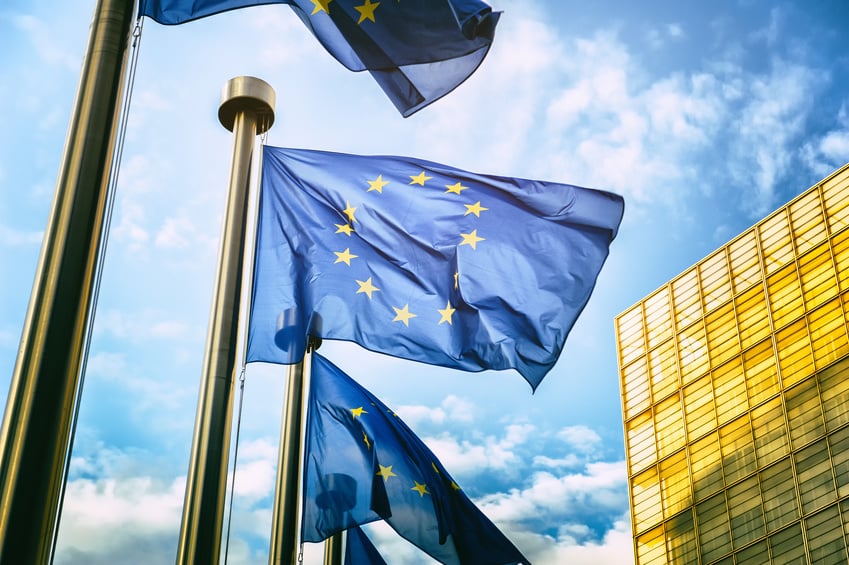The Green New Deal is the flagship of the new European Commission (2020-2025), which has recently shed light on the likely substance of the initiative in a new Communication.
The main ‘headline’ is that the EU Member States have agreed (by unanimity minus one, Poland) to put into law a formal commitment that the EU will be carbon neutral by 2050. Whilst such a legislative commitment can be reversed in future (if, for example, non-EU countries fail to follow the EU’s lead and the final stages of decarbonisation hit European competitiveness too hard), it does mean that all EU policy and legislation moving forwards will be predicated on putting the EU in a place to meet this 2050 commitment. The effect of this should not be underestimated.
The measures that will follow in the short term to realise this ambition will, in themselves, already create very significant challenges and opportunities for a wide range of the EU’s economy. Regulation will drive the changes to these markets; mastering this complicated framework will be vital.
The key initiatives announced in the Communication, and explained in more detail below are:
- Increasing to 50-55% the EU’s existing commitment to cut CO2 by 40% by 2030 (compared to 1990 levels).
- The ETS will be revised in line with the 50-55% objective, and will be extended or its impact strengthened to other sectors (candidates include air, maritime and road transport, energyintensive industry…). In parallel the Commission will propose a carbon border tax to protect EU industry at risk of ‘carbon leakage’ from imports; the Commission recognising that the EU cannot solve climate change on its own and that international action remains the highest priority.
- Member States are expected to increase their existing renewable energy and energy efficiency objectives. To meet the current 2030 renewable energy target, the EU will already need to invest in between 150-200% of the wind and PV capacity that it installed between 2009 and 2020. Under the Green New Deal, the (already ambitious) renewable targets at Member States level are therefore set to further increase. The opportunities for large scale offshore wind and PV, with the consequent grid development, will dwarf the admittedly enormous changes that have taken place over the last decade.
- (Close to) Zero-carbon Hydrogen will be an essential part of the EU’s energy mix as it moves towards a carbon-free future. The next Commission will signal the kick-start of this industry, in much the same way that the EU catalysed the exponential growth of the wind and PV markets in 2009.
- The state aid rules will be revised to reflect the Green New Deal objectives.
- Emissions standards for vehicles will be significantly strengthened.
- The Sustainable Finance Initiative will be reinforced, and the Commission will develop an EU green bond standard.
- The ‘circular economy’ will become a central pillar of the EU’s industrial policy, presenting new challenges in particular for the plastics industry.
These are just a selection of the measures that will be tabled over the coming months; the Green New Deal goes far beyond impacting only on energy markets, the aim is to ‘green’ the entire economy. There is ‘something for everyone’ in the Green New Deal and industry needs to understand the extent of the changes that will now develop, and develop a proactive strategy to benefit from them.





